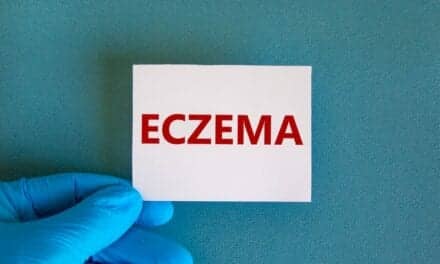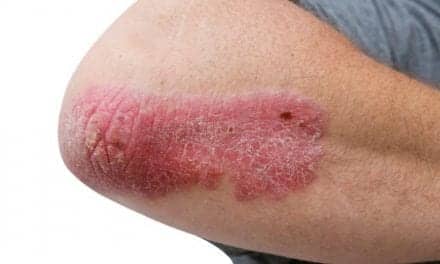Treating infants, children and adolescents with laser therapy comes with a very special set of considerations physicians may not associate with adult patients.
While laser therapies can erase scars and other cutaneous deformities, it is not an easy path for pediatric patients. Fear, anxiety and sensitivity to pain present challenges that can make seemingly minor procedures problematic.
Dr. FinchThe therapeutic approach, says the University of Connecticut’s Justin Finch, M.D., can vary depending on the patient’s age.
“While many skin diseases can be treated similarly in children and adults, differences in treatment approaches can result from varying anxiety levels, pain tolerance, psychosocial considerations of untreated disease, determination of suitable anesthesia, the use of size-appropriate safety equipment, and differences in the evolution of skin disease over time,” Dr. Finch and colleagues wrote in the journal Clinics in Dermatology.
Dr. Finch, who is director of the Center for Laser Surgery at the University of Connecticut Health Center, writes that treatment before adulthood is advisable, if possible, for healthy psychosocial development.
“Cutaneous deformities in children can negatively impact school performance, teacher expectations, parent-child interactions, social development, and self-esteem. These children can become socially handicapped and develop both behavioral and emotional problems secondary to their physical appearance. In school-aged children, visible disfiguring skin lesions can lead to aversive behavior, feelings of shame, and depression in the child, which can affect psychologic health and their ability to contribute to society as an adult,” he and his colleagues wrote.
The child sets the tone
E. Victor Ross, M.D., a dermatologist with Scripps Clinic Carmel Valley in San Diego, says that the pediatric patients set the tone for a procedure.
Dr. Ross“I can usually tell within the first 30 seconds after entering the exam room if a child will require a lot of reassurance and possibly holding or holding down. The key is for the physician to begin the procedure as soon as possible upon entering the room, so the child has less time to think about backing out of it. Therefore, staff should complete preparations for a procedure prior to a physician’s entrance,” he said.
If a dermatologist is performing a treatment on a child’s fac
e, and the child has been equipped with goggles, have a staff person watch the child to make sure the child doesn’t remove them, Dr. Ross recommends. Likewise, when placing shields over their eyes, expect some children to be apprehensive.
“Sometimes we have to talk to the child throughout the procedure’s duration to reassure them that we are still here. Parents have different roles in these encounters — they may hold their child’s hand or even hold a smaller child. But we must make sure the parent doesn’t get in the way of a procedure,” Dr. Ross says.
If a child is frightened about having a laser procedure — whether they are needle phobic, procedure phobic, or pain phobic, a physician may need to take steps to ensure a successful experience.
“We use techniques to minimize pain and anxiety to make it as pain-free and stress-free as possible, including applying topical numbing agents and oral analgesics, and using general anesthesia for larger treatment areas,” says Lawrence F. Eichenfield, M.D., chief of pediatric and adolescent dermatology at Rady Children’s Hospital in San Diego.
Typically, the physician will apply the laser in the same way for children as for adults. However, the approach might change, such as they may administer treatment more slowly.
“I might do a few pulses and then stop, so the child can acclimate themselves to the situation and become more comfortable. A goal is to not have a child, parent, physician or staff member become traumatized. Sometimes, if a child becomes too overwhelmed they will have to come back another time,” Dr. Ross says.
Click here to view original web page at dermatologytimes.modernmedicine.com



